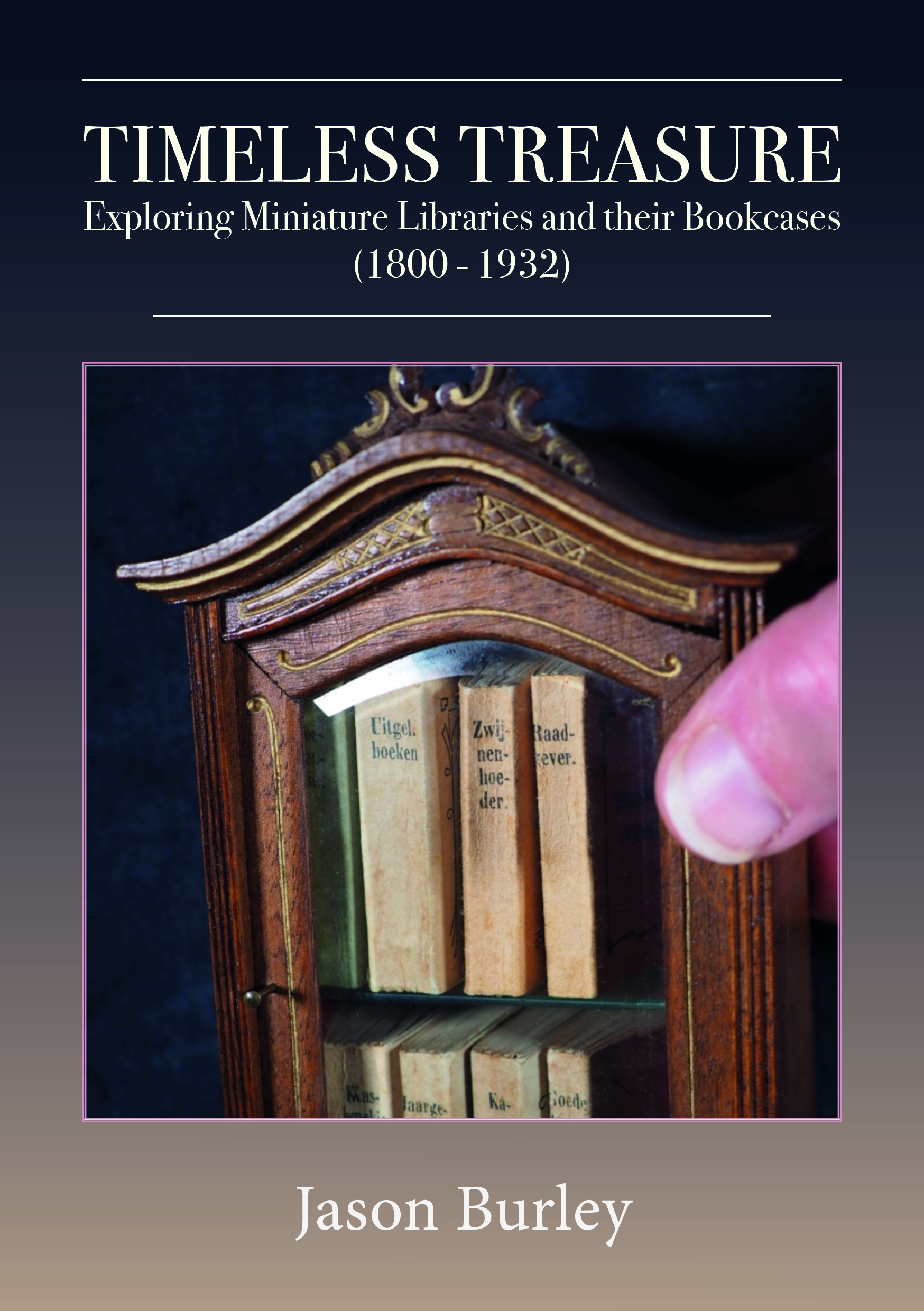Hogarth Press, 1922 1922 second impression, one of 2,000 copies. With this book (her 6th), the decision was taken to establish the Hogarth Press as a business concern & in future to publish all Virginia Woolf s works. Inscribed in ink on front free endpaper "Gabriel Atkin from S.S. [Siegfried Sassoon] June 1923 Antibes". Page 154 "Children ran across the road" underlined in pencil, with marginal annotation "At 10pm" [unknown contemporary hand]. Light foxing throughout. 14 x 19.5 cm. Original crocus-yellow cloth boards (handling marks and a few creases). Top edges trimmed, others partially trimmed. Cream printed label at head of spine (slightly browned and rubbed). Siegfried Sassoon (1886-1967) poet and novelist, best known for antiwar poetry, such as The Old Huntsman (1917) and Counter-Attack (1918). Sassoon conveyed the brutality of war with shocking realism. Twice wounded, he received the Military Cross for bravery, but he wrote of hurling it into the River Mersey. He underwent psychiatric treatment and struggled to settle into civilian life. In his later years, his poetry was increasingly devotional. After the First World War, Sassoon wrote passionate poems and explicit love letters to his first lover, artist Gabriel Atkin (1897-1937) but removed accounts of all his homosexual affairs from his diary. Born William Park Atkin, Gabriel Atkin was born in South Shields, Durham, the son of a builder. Before the War he showed promise as a water-colourist and studied at Armstrong College in Newcastle with tutor Richard George Hatton. In 1914 Atkin enlisted and was based on the south coast. In the summer of 1915 he was sent to Cambridge for officer training. where he got to know a circle of gay men including academics Edward Dent and A. T. 'Theo' Bartholomew (one of Atkins lovers). Although Atkin could be charming he was also prone to drunkenness and riotous behaviour, which caused those around him embarrassment. Friends engaged in matchmaking, encouraging Sassoon to meet Atkin. Sassoon's posting, first to Ireland, then Palestine in the first half of 1918, had intervened and it was not until October 1918 that the subject was reintroduced. By 30 October Atkin was writing to Dent: 'I am most excited by the possibility of meeting Siegfried Sassoon. I think of him as most attractively Byronic in appearance!" Sassoon meeting with Atkin in Margate on 20 November 1918 went well and they immediately fell under each other's spell. They spent that Christmas together at Sassoon's family home at Weirleigh and at Robert Ross's rooms in Half Moon Street in London. Atkin was almost certainly Siegfried Sassoon's first sexual partner. Around then, Sassoon became a minor literary celebrity and got to know & introduce to Atkin a number of well-known people. They met Ronald Firbank throughSacheverell Sitwell & although Sassoon did not find Ronald Firbank's work appealing they met a couple more times because Atkin was a devotee (possibly a lover). They had also got to know some of the Bloomsbury Set including Lytton Strachey, Mark Gertler, Duncan Grant, Osbert Sitwell and the Bloomsbury economist John Maynard Keynes (Atkin was a lover of Sitwell and Keynes). Atkin had a show at the London Salon in 1919. He also sent work to the Artists of the Northern Counties exhibits. Atkin's legendary beauty with his star-distilled eyes [and] pure skin (9 October 1933, Butts's journal) had been such that the sculptor Jacob Epstein (1880-1959) made a cast of him called variously Seraph or Cherubim (in Quentin Bell's words, the toast of British sodom ). In 1920 Atkin was living in a studio flat in Tite Street in Chelsea, London, and Sassoon gave him an allowance of £300 so that he could continue painting. They began to see much less of each other, although Sassoon continued to send money for some years. Gabriel Atkin travelled to France and for a while was a male prostitute in Lyon and then the south of France during this late period of their relationship, 1923.. 1st Edition. Hardcover. Very Good.












